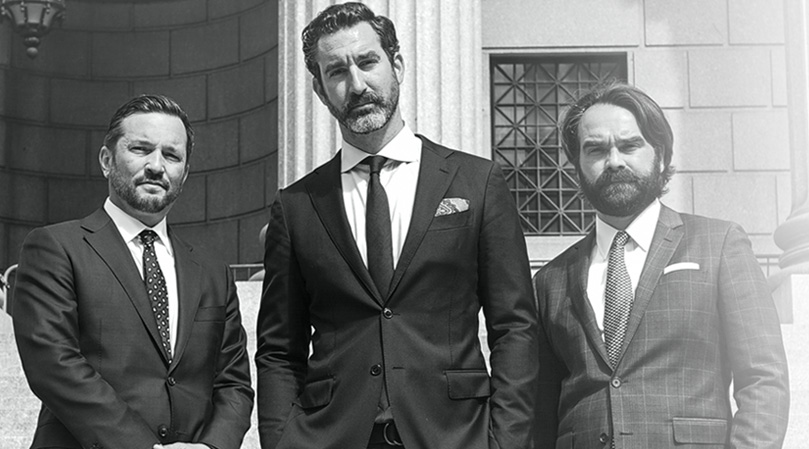Is Eyewitness Testimony Always Reliable?

When someone faces a criminal accusation, prosecutors may use eyewitness testimony to get a conviction.
A common belief is that if someone saw something happen, it must be true. However, the reliability of eyewitness testimony is much more complicated than that.
Understanding the impact of faulty accounts
According to the Constitutional Rights Foundation, about 50% of wrongful convictions are the result of faulty eyewitness testimony. Given that this statistic is from a single study, the number may be much higher if researchers had the tools and knowledge to study the problem more seriously.
Limiting the margin for error
Many people believe that the brain and memory function much like a recording, but the truth is that every person has past experiences and stigmas that can alter a memory they are confident of. Psychologists suggest that forgetfulness is part of life and that many factors can distort memories.
The distortion of memories can impact whether an eyewitness accurately identifies the person who committed a crime. Here are four ways to reduce the margin for error for eyewitness testimony:
- Inform the witness that the culprit might not be in the group the witness is looking at
- Have someone who does not know the suspect present pictures or line-ups
- Do not encourage or prompt the witness to pick any of the presented suspects
- Make sure all individuals in the line-up resemble each other so one does not stand out over the others
Faulty eyewitness testimony can cause people to go to prison for decades for things they did not do. As scientists study the brain and memory, it is important that new findings inform the processes in legal arenas.

Request Your Free Consultation
Fields Marked With An “ * ” Are Required
"*" indicates required fields
The Woolworth Building
233 Broadway
Suite 701
New York, NY 10279

